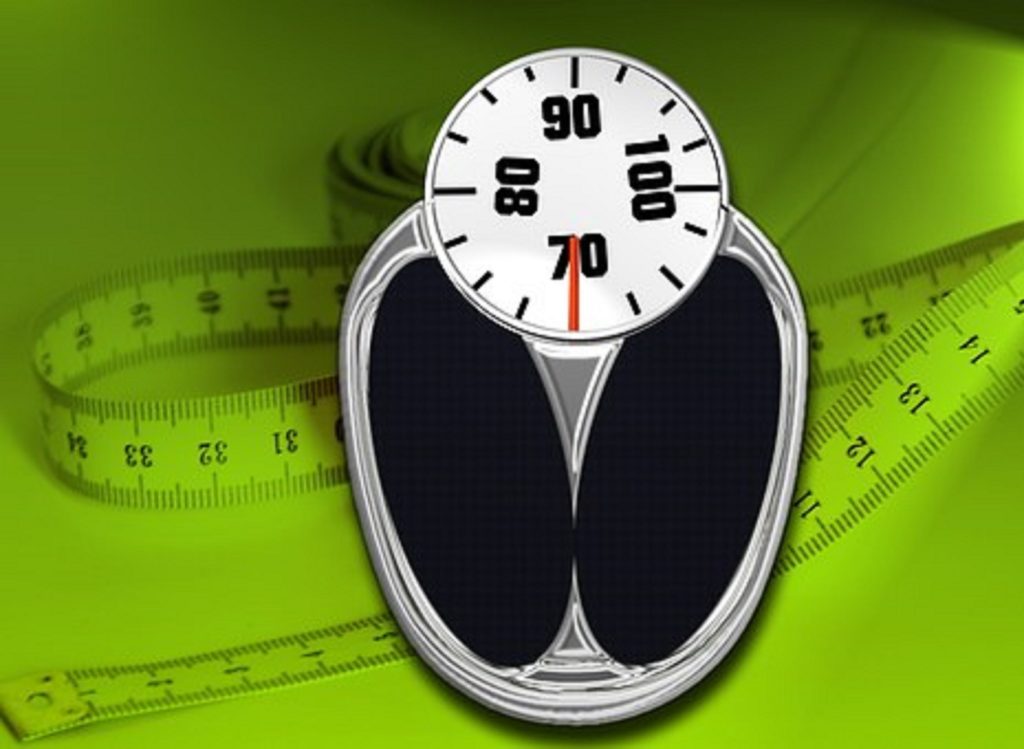What does the number on your weight scale really mean?
Measuring and evaluating your body’s composition is more important than the number on the scale. Stepping on a weight scale simply tells us how heavy all of our body’s tissues are, and this number can change on any given day depending on the time of day, your hydration status or what you’re wearing. Rather than tracking our weight, we should pay attention to our body’s composition. Knowing your body composition will help you determine the proportions of fat and lean mass in your body.
- Fat mass is made up of two types of fat: essential fat and nonessential fat.
- Lean mass refers to bones, tissues, organs and muscle.
Essential fat is the least amount of fat necessary for normal body function. For males, this should be 3% and females12%, Fat above the minimal amount is called nonessential fat and is generally accepted in the range of 10-22% for men and 20-32% for women. These recommended ranges are considered satisfactory for good health and help determine your risk of developing obesity-related diseases such as diabetes and high blood pressure.
How do you check your body composition?
There are many ways to do this. Some common ways include checking your body mass index (BMI), waist circumference, skinfolds, bioelectrical impedance analysis (BIA), and the BOD POD.
- Body Mass Index (BMI) is used to check the relationship between your weight and your height by dividing your weight in kilograms by your height in meters squared. A BMI of 25 or higher is classified as overweight while a BMI of 30 or greater is classified as obese. Although your BMI gives you a general idea of your risk for obesity-related health problems, it does not give you the composition of your weight.
- Measuring your waist circumference also gives you an idea of your risk for obesity-related illnesses. Waist circumference should be at or below 40 inches for men and 35 inches for women. Excess weight in your trunk area (android obesity), puts you at a greater risk of developing many chronic diseases.
- Calipers are used to measure skinfold thickness at various sites on your body. This technique is fairly quick and can be accurate, however, it’s important to find a trained technician to do the measurements.
- Bioelectrical Impedance Analysis (BIA) is frequently used in fitness facilities. It’s a technique that uses an electrical current to estimate your body fat by measuring how easily currents move through your body.
- BOD POD is a fairly new “high-tech” approach used to check body composition. It’s designed to measure your body’s total size – both weight and volume. Because fat is less dense than lean tissue, the weight-to-volume ratio can be used to predict the percentage of fat in your body.
You have your results, now what?
Use the results from your body composition assessment to identify your risk of developing chronic disease, to personalize your exercise program or to evaluate how well your current exercise and nutrition program is working for you.
- If you find that your body composition has room for improvement, take a closer look at what you can do to make positive changes to your current level of activity and diet.
- If you find that you are within a healthy range, continue your exercise and dietary behaviors. Use more than just the scale to assess body composition.
Remember, it’s possible to have changes in your fat mass and lean mass while the number on your scale remains the same. Participation in physical activity and maintaining a healthy balanced diet are keys to reaching and maintaining a healthy body composition. Changes in body composition take time and a dedicated effort, but the positive impact on your health and quality of life is worth the effort.
“It is health that is real wealth and not pieces of gold and silver.” Mahatma Gandhi
Found value? Feel free to share!!
To Your Success,
Althea
Althea A. McLeish Wilson, RN, MSN
Promoting inner health & outer beauty!
Helping you thrive, not just survive!!
PS. Inner Health & Outer Beauty Store: Health & Wellness with Althea♦
PPS. Did You Find This Helpful? If so, please feel free to share!! Leave a comment or contact me at althea@altheamcleish.com.
Reference/Resource:

